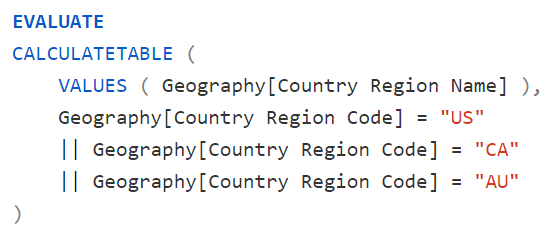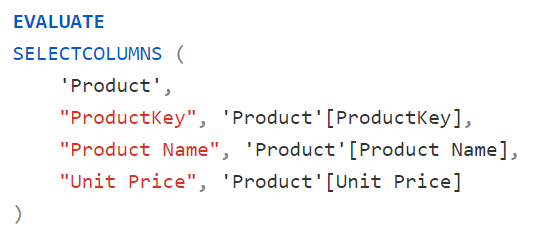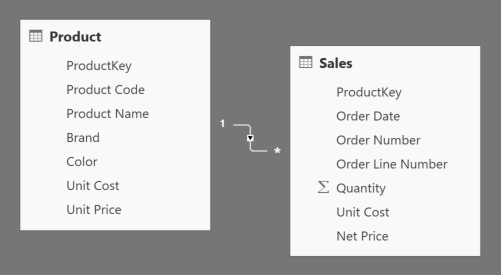Topic: SQL
-
The SQL functions IN and EXISTS are useful to implement tests over a set of values. This article describes the corresponding syntax in DAX language. Read more
-
This article describes how to implement a syntax equivalent to the T-SQL function NULLIF and the ANSI SQL function COALESCE, in DAX. Read more
-
This article describes projection functions and techniques in DAX, showing the differences between SELECTCOLUMNS, ADDCOLUMNS, and SUMMARIZE. Read more
-
In SQL there are different types of JOIN, available for different purposes. This article shows the equivalent syntaxes supported in DAX and it was updated in May 2018. Read more
-
The GROUP BY condition of a SQL statement is natively implemented by SUMMARIZE in DAX. This article shows how to use SUMMARIZE and an alternative syntax to group data. Read more
-
The WHERE condition of an SQL statement has two counterparts in DAX: FILTER and CALCULATETABLE. In this article we explore the differences between them, providing a few best practices in their use. Read more
-
In DAX string comparison requires you more attention than in SQL, for several reasons: DAX doesn’t offer the same set of features you have in SQL, a few text comparison functions in DAX are only case-sensitive and others only case-insensitive,… Read more
-
SQL 2012 gives you two different xVelocity engines, with different capabilities and different scenarios of implementation, the paper will help you choose the right one or, at least, raise your curiosity about performing more tests on your specific scenario. Read more
-
Today I come into a nice bug (misfeature?) of SSIS 2008 and I'd like to share it with you. Let's start from the beginning: One of the keys to make something speedy is to parallelize it. In TableDifference I read from two inputs, compare them and produce Read more
-
Visio database models have column descriptions, SQL Server has extended properties where to store them but, even if they share the same producer, it seems that Visio is unable to store column descriptions in extended properties so that other tools can Read more






